The Article
TD 295 MK 4 Turntable From Thorens
28th August 2018
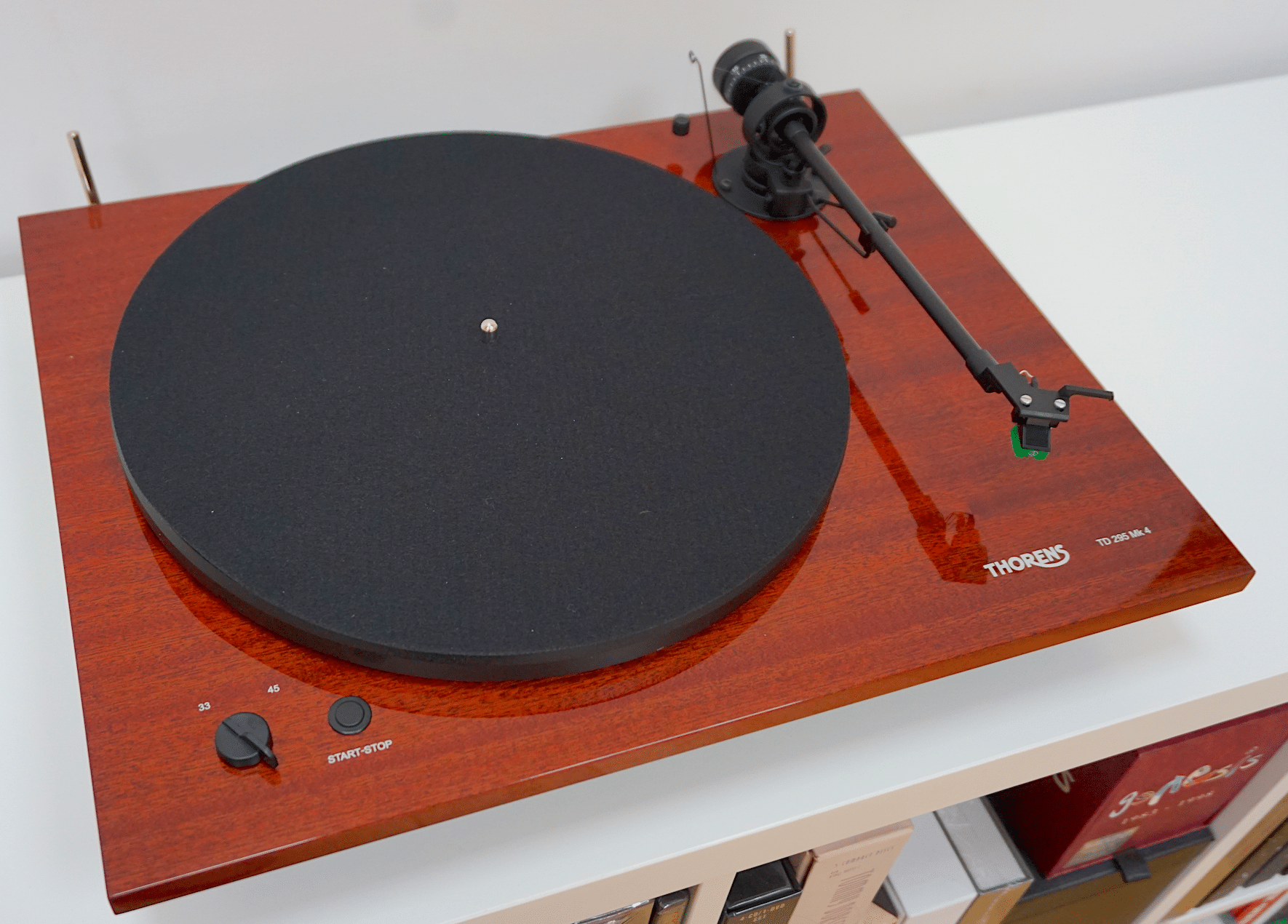
Looking for a lifestyle-oriented turntable with a semi-automatic action? Paul Rigby reviews a likely candidate, the Thorens TD 295 Mk 4
What happens when you love music but you don’t love hi-fi? What happens when you want a nice looking turntable but you really don’t want all the faffing around in terms of installation? What happens if it doesn’t matter if you can squeeze a microsecond of extra reverb off that cymbal in the second verse? What does it mean if you couldn’t care less if a slight timing variation of the upright bass is damaging the low frequency foundation of the overall track?
It means that you’ve got your priorities right, that’s what it means. It means that you love music and you want to listen to music and you don’t want to spend years researching about the tools that produce the stuff.
And that’s fine.
Me? I’m a geeky lost cause audiophile who frets about clarity in the upper midrange and seeks out gear worth multiple thousands of pounds just so the triangle on track three of my favourite prog rock LP sounds…just so. But look, I’m in therapy for that problem. I’ll be fine. Possibly.
If that’s not your bag, though, then I applaud your good sense. You deserve a turntable that’s going to produce a decent performance. One that delivers a solid grounding of musical quality, wrapped up in an easy-to-use package. None of that plastic rubbish either that bounces if dropped.
I’ve been increasingly aware of a few turntables that are starting to target this specific vinyl customer and have noticed that Thorens appears to be at the forefront of this intriguing analogue niche. I reviewed one such example HERE.
The belt-driven TD 295 Mk.4 is another entry into this growing area.
This is a semi-automatic turntable but we’ll get to that bit in a second, I want to chat about about it. In the meantime, the TD 295 spans 430 x 145 x 365mm and weighs a healthy 8.5kg. This is made up partly by the rather dense, wood veneer-covered MDF plinth and partly by a weighty aluminium plate that sits underneath. A built-in AC motor with electronic control flips from 33.33 to 45rpm. An aluminium platter (which rings like St Pauls’ cathedral on a Sunday morning) is dampened by an effective felt mat. The platter looks like it has been drilled underneath to balance it because there’s a sector of recessed dimples visible.
To the right is Thorens’ low mass, slim arm-tubed TP41 tonearm which carries a nice Audio-Technica AT95E cartridge sporting an elliptical stylus plus a weight and thread anti-skate. The tonearm sits in a simple cradle but I would have liked to have seen a securing clip to prevent accidental knocks lifting the arm from the cradle to potentially damage the cartridge.
On the front-left of the upper plinth is the speed selector with a separate power switch that lies adjacent. The quality of the selector switch and action could have been better. It feels cheap and nasty. The rear of the plinth holds the hinges for the lid while that area also features the switch-mode power supply socket plus sockets for detachable phono cables. Thus, you can upgrade the cables if you wish. Thorens supply a pair of decent cables from the box, though.
SEMI WHAT?
The one major quirk of the TD 295 design is the semi-automatic operation. When you read the latter you normally expect, during operation, that the tonearm reaches the end of the LP side, lifts the stylus off the groove and returns the tonearm to its supporting cradle. Not here.
With the TD 295, when the tonearm reaches the end of the LP side, the speed and power is cut and the turntable switches off and dies. The stylus remains in the groove at the end of the LP side. It sits there silently. Like a wagon resting in a lay by.
Hence, this is like no other semi-automatic operation that I’ve seen. Not of late anyway. There are big pros and large cons relating to this.
The cons are these. You would think that the point of any semi-automatic turntable is to reduce user work and turntable labour. That is, a semi-automatic operation is aimed at those who do not want to manually retrieve the tonearm to replace the thing back in its cradle. Yet, the TD 295 does not do that. In this case, it does half a job. Sitting there, in its groove, the stylus is open to vibration and accidents. For example, if you or something else accidentally knocked the resting stylus, then it could skate back over your LP or leap elsewhere.
There are positives, though. Firstly, you can fall asleep in your chair or leave the room and rest assured that the LP will finish and then switch off and the stylus will not be knocking itself silly along the run-out groove. You also won’t induce unnecessary turntable wear and, maybe more importantly, be using electricity if the thing is left on all night.
Also, the switch off mode is enabled without the use of extra gearing. A classic semi-automatic turntable uses all sorts of extra parts to lift and return that tonearm. Parts that cost more money (increasing the build budget of the turntable that increases the cost to you) and parts that damage sonics because they introduce their own veiling noise.
As ever with hi-fi, there’s always a trade off. What Thorens has done is chosen the pathway that will damage sound quality the least.
THE PRO-JECT ISSUE
Before we progress any further. A few home truths.
Thorens has been roasted in some quarters regarding its TP41 tonearm. A fact that I find rather confusing. The first apparent issue that has triggered ire and fury is that it is based upon a Pro-Ject design, a basic ‘9’ (not the more recent 9cc tonearm). Some voices out there have roared with finger-pointing, vituperative glee at this revelation, as if Thorens was out to hide something and should be damned because of it. I don’t see the problem, myself. The basic choice is a sensible one. Especially as Thorens appears to have tweaked the basic design. That is, while the basic Pro-Ject tonearm design looks to have been adopted, Thorens appears to have fitted a lower mass arm-tube. I can see the benefit in this as the tube will hold less damaging energy while possibly enhancing rigidity to boot.
For this deck, while component quality is actually a less important part of the overall design, it remains a nice bonus.
And while we’re on the subject, this design makes a play that it’s not made in China. I will guess that Pro-ject has handled the Thorens contract for the TD 295. Again, if this is the case, then good. At least we can bank on consistency in terms of manufacturing.
All of that said, this turntable stills feels like a sub-£1,000 Thorens. It’s not the components, it’s the recipe. How they’re put together. The company has a ‘thing’ about its plinths, for example, especially in this lifestyle category. Heavy, solid, meaty. It screams Thorens. Taking the package as a whole, it doesn’t matter if Thorens work with Pro-Ject or Dual or whoever, there’s a definite personality developing here.
Finally, if Pro-Ject has had a hand in parts supply and manufacturing then this all helps to keeps costs down. It is also a common action for the likes of Pro-Ject to build parts or adapt products from third party sources for use in ‘competing’ designs. Especially for this price point and under. It has a great factory, why not use it? Lots of other companies do. There’s nothing unusual in that. If you only knew how many ‘competing’ speaker designs wandered through Spendor’s equally top quality factory, for example, you’d be shocked.
SOUND QUALITY
I began with the lovely Eydie Gorme and her rendition of the equally lovely Vereda Tropical (where here voice ranges from a purity in the upper mids to a husky nature on the lower frequencies), an organic piece full of acoustic guitars, vocal harmonies and conga drum percussion plus additional percussive elements such as wooden blocks and the like. There’s a real lightness of touch on this track and a host of accompanying, delicate frequencies that are demanding for any turntable.
Playing the track I was struck by the immense grounding from the TD 295. This music felt rooted. As if it was secured to the ground with ton weights. It was so solid with a foundation that was so weighty, it dragged the soundstage down a tad. The reason can be explained by that increasingly familiar philosophy, the Thorens plinth. The dense damping nature of the plinth creates a suite of lower frequencies that are so secure, so solid, so compact and so stable that music on this turntable will never sound out of control, nervous or shaky. With that dominant feature, the TD 295 gave this track the sort of confidence I rarely hear from any turntable. Especially a belt-driven example. It also meant that the bass was massy but also super smooth. This was bass that was sure of itself. It didn’t have to try because there was so much potential. It also leant a quiet aspect to the recording, lowering surface noise a touch.
This damping element to the music meant that the upper mids had a golden hue. The sound is not overly warm but there was a slight softening at the dynamic extremities. This slight roll off meant that the last element of detail might very well be lost but that’s not to say that there was a lack in this area. There was plenty of information on display here. In fact, considering that this turntable design is aimed at a lifestyle market, the performance was an admirable one with a surprisingly amount of delicacy on hand to satisfy many vinyl lovers.
Bass, it goes without saying, was both organic and characterful while Gorme’s lead vocal was comforting in its slight warmth and wholly romantic.
I then played a few tracks from The Cure and The Cocteau Twins for more dynamic output. Guitars, largely occupying the midrange, were relatively focused and revealing while secondary percussion was ‘visible’ to the ear. OK, this array might not have achieved a thrilling finesse but I never felt short-changed at any point. Treble and the midrange never dragged its feet or felt stodgy, it just glowed a bit on with a slight sepia tone.
CONCLUSION
Too expensive? Not really. This is an enhanced lifestyle product, not an audiophile release. That is, this is a lifestyle turntable that is put together in such a way that it uses relatively high-end components to give the sound quality as much chance as possible. That rather nice motor for example, the tonearm, the elliptical stylus, the semi-automatic action and, above all, that wooden veneer finish. The latter feature, even if taken as a solitary item, will probably eat up the majority of the build budget right there. So no, this is not an expensive item if you want the lifestyle additions.
In terms of sound, yes there are compromises here that an audiophile might object to – but not a lifestyle user. The slight warming nature of the sound is very appealing and easy to listen to – you won’t be dogged by listening fatigue with this deck. The Thorens TD 295 Mk.IV gives you an aural cuddle, in fact. For the price and target audience, this turntable offers a well considered build and design but with enough tonal information on hand to keep you fascinated.
THORENS TD 294 Mk.IV TURNTABLE
Price: £699
Website: www.thorens.com or www.ukd.co.uk
Tel: 01425 460760
TO BUY CLICK BELOW:
EUROPE – https://amzn.to/3oP6FxG
GOOD: bass, solid build, lifestyle to audiophile balance, easy to use
BAD: warming upper mids
RATING: 8
Don’t forget to check out my new Facebook Group, The Audiophile Man: Hi-Fi & Music here: www.facebook.com/groups/theaudiophileman for exclusive postings, exclusive editorial and more!]
REFERENCE
Rega RP1 turntable
Pro-Ject RPM 3 turntable
Rega Brio-R amplifier
Spendor A1 speakers
Tellurium Q cabling
Blue Horizon Professional Rack System
Harmonic Resolution Systems Noise Reduction Components
All vinyl was cleaned using an Audio Desk’s Ultrasonic Pro Vinyl Cleaner

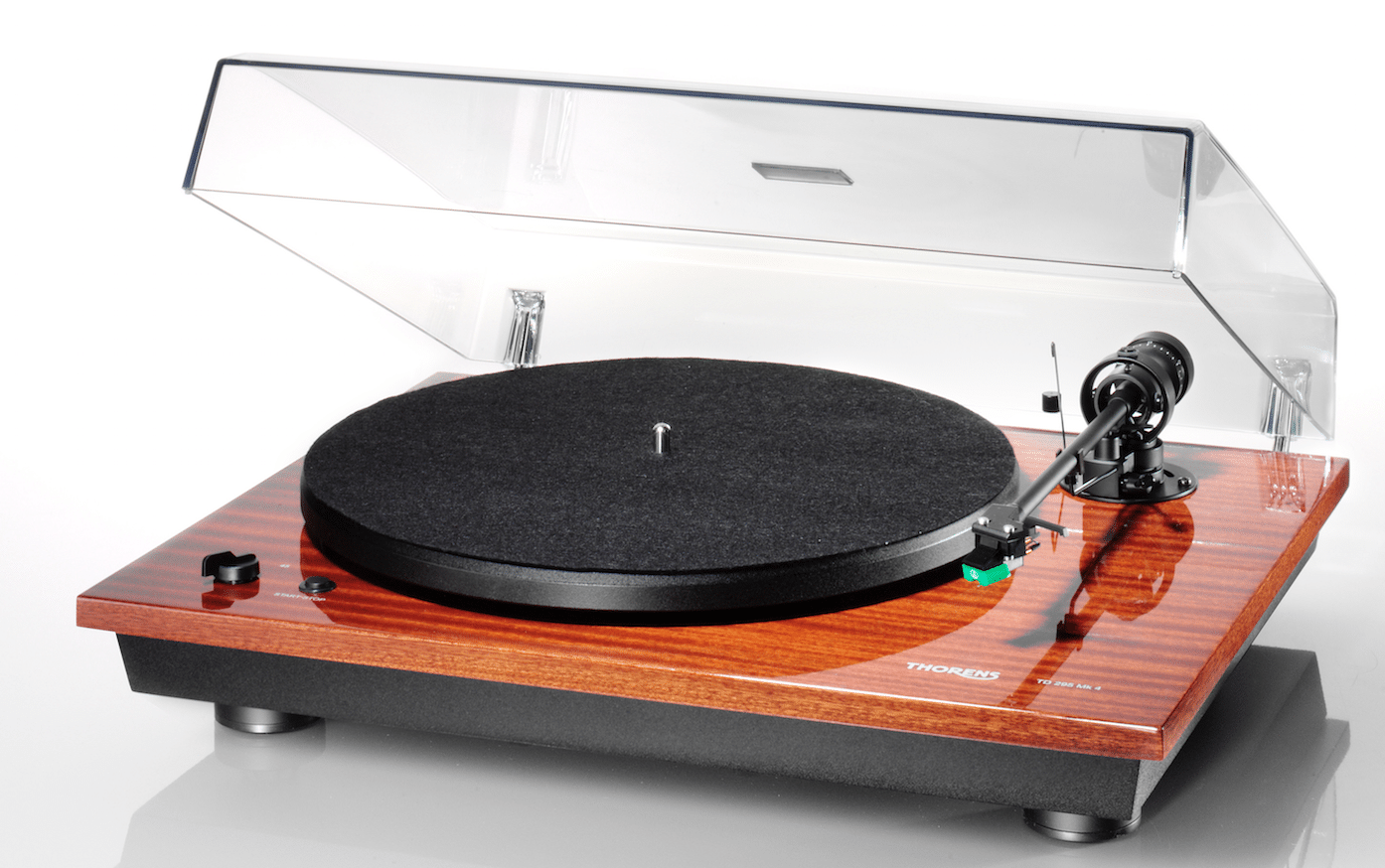
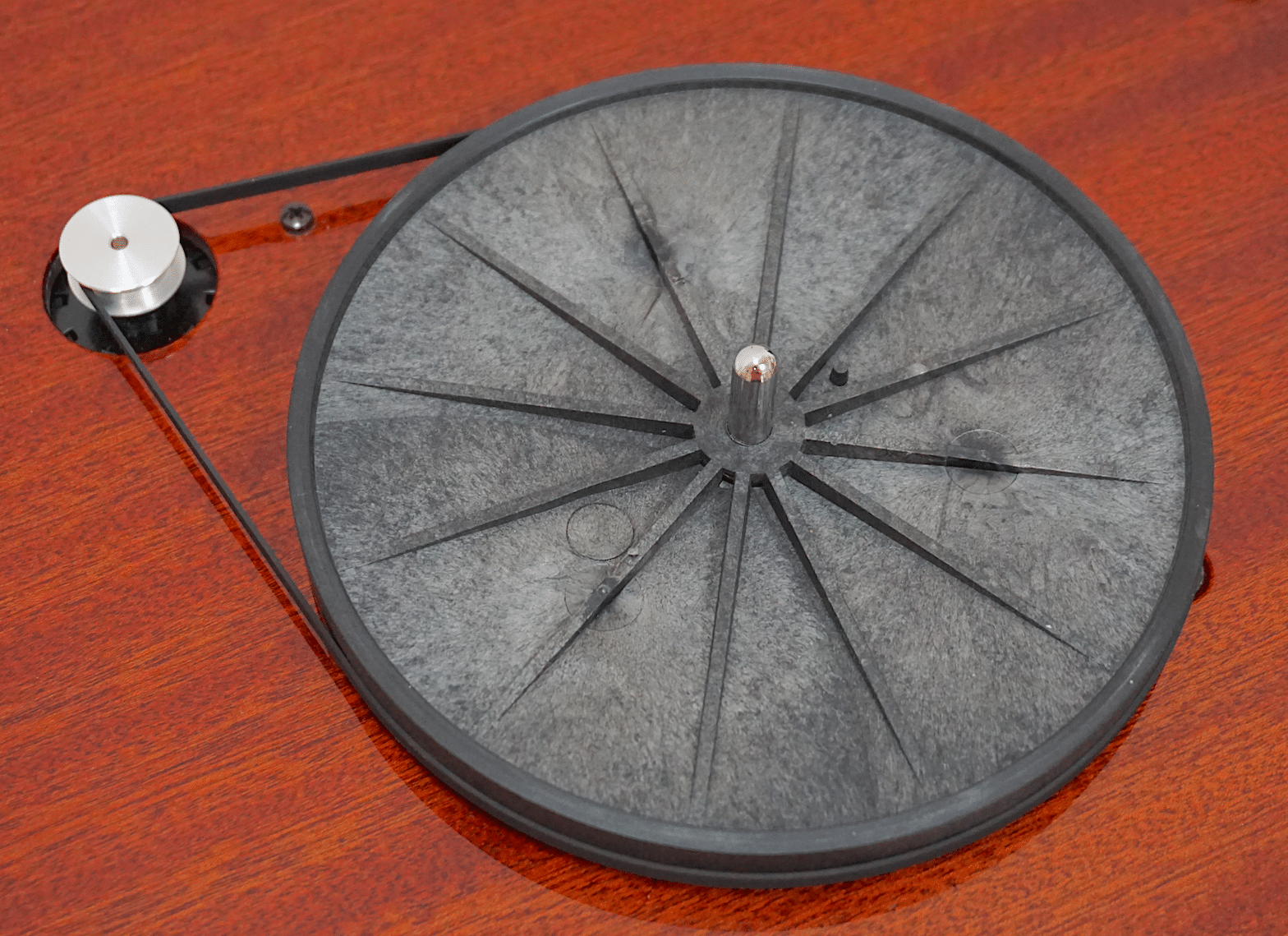
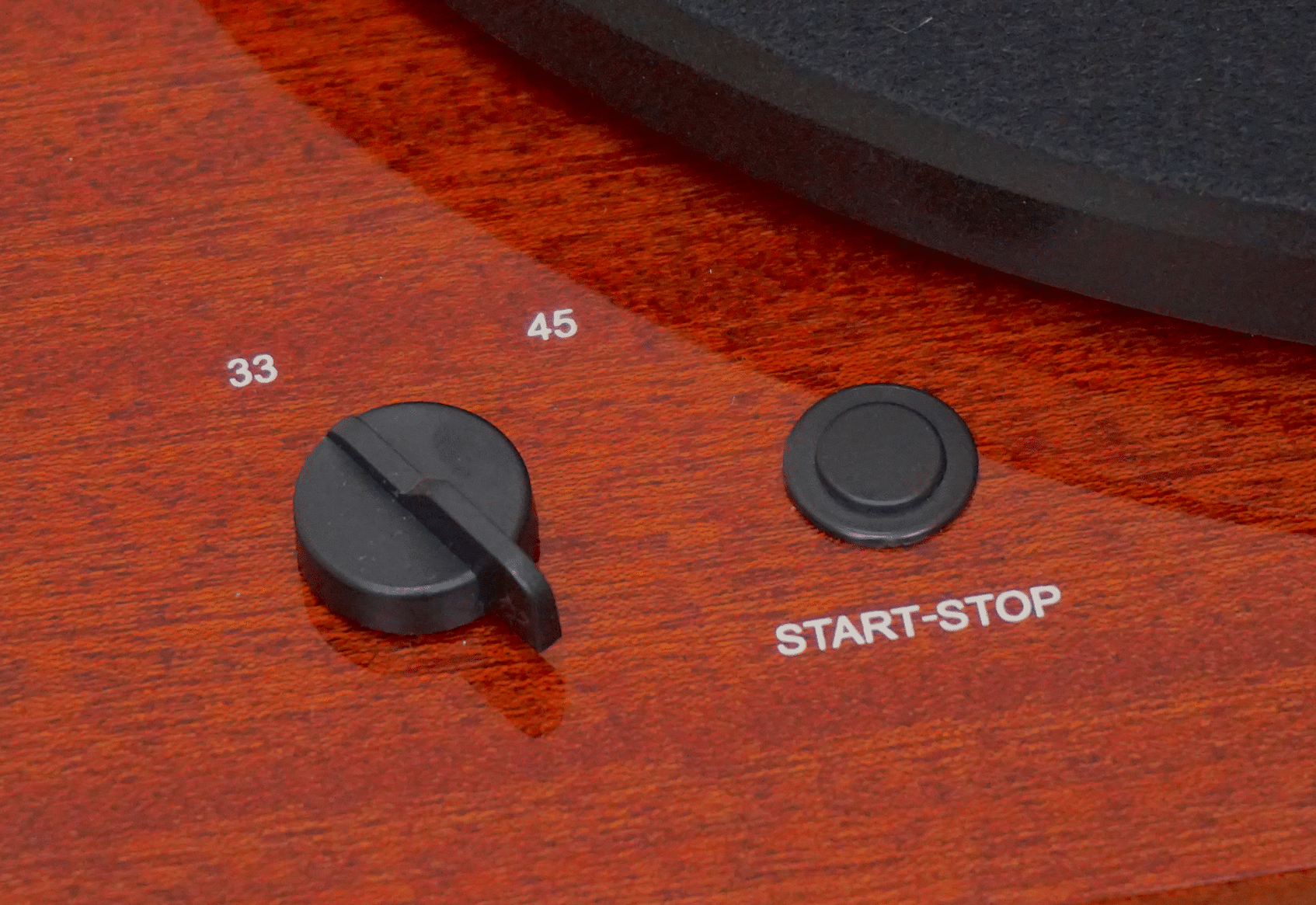
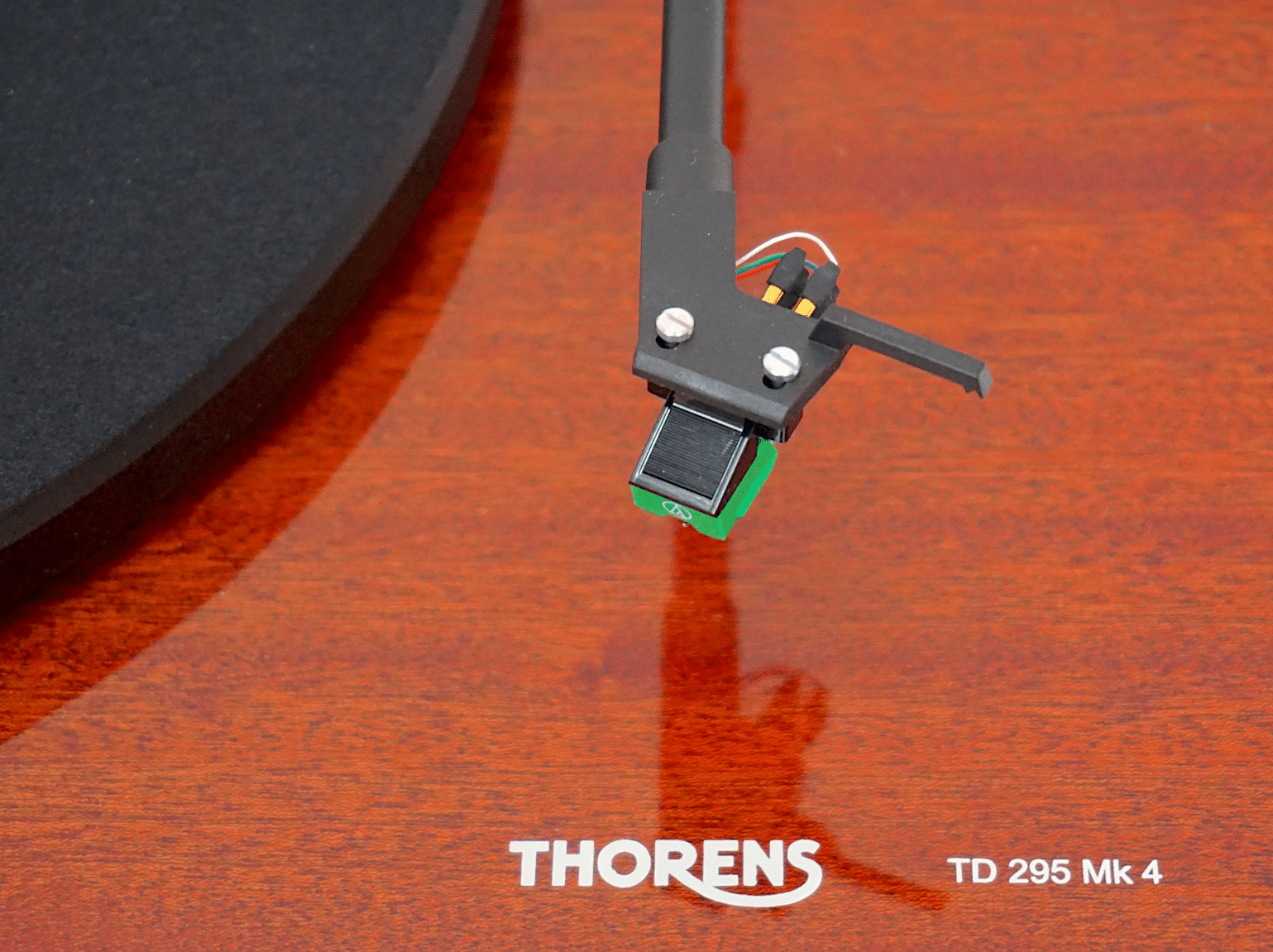
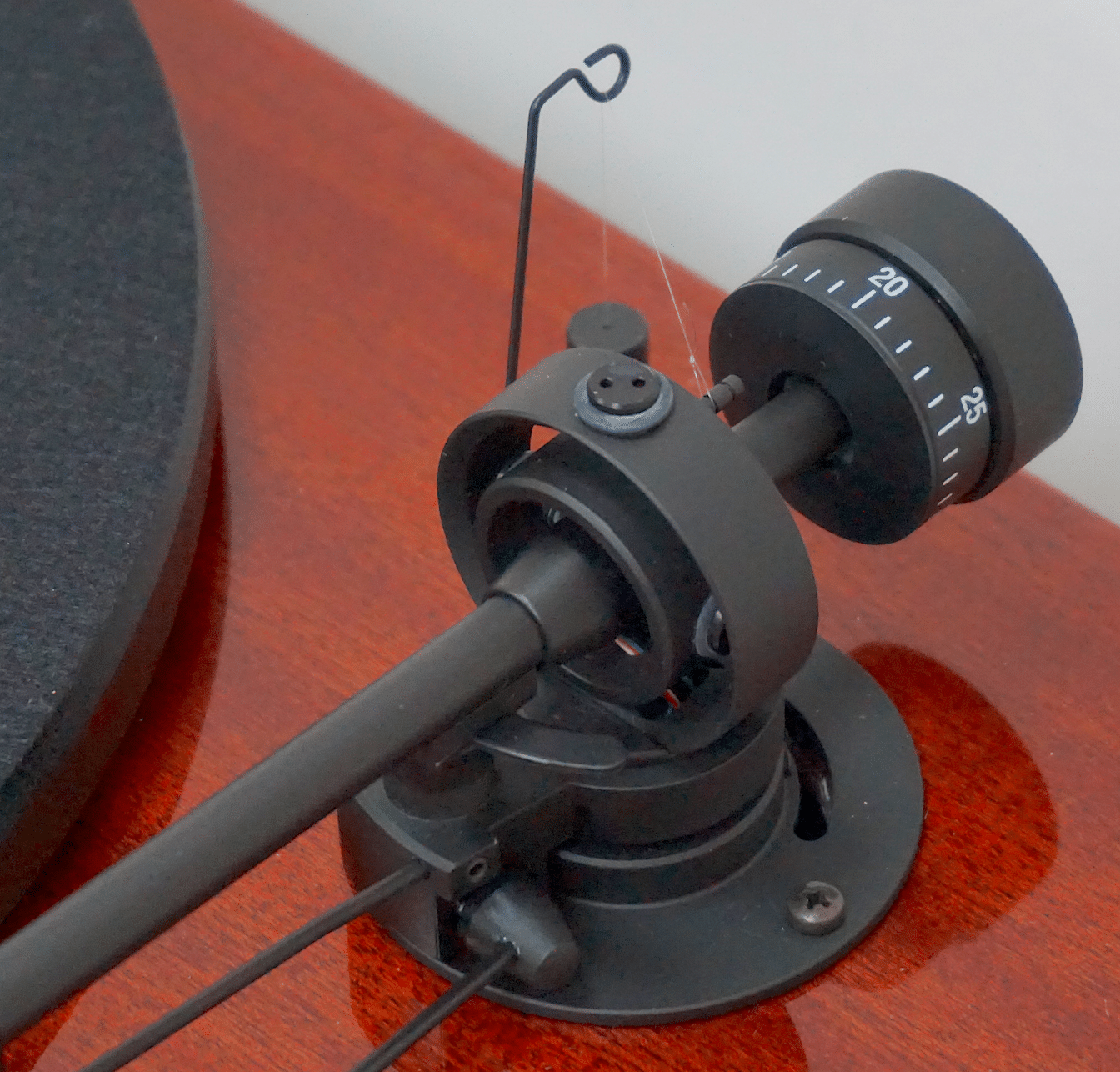
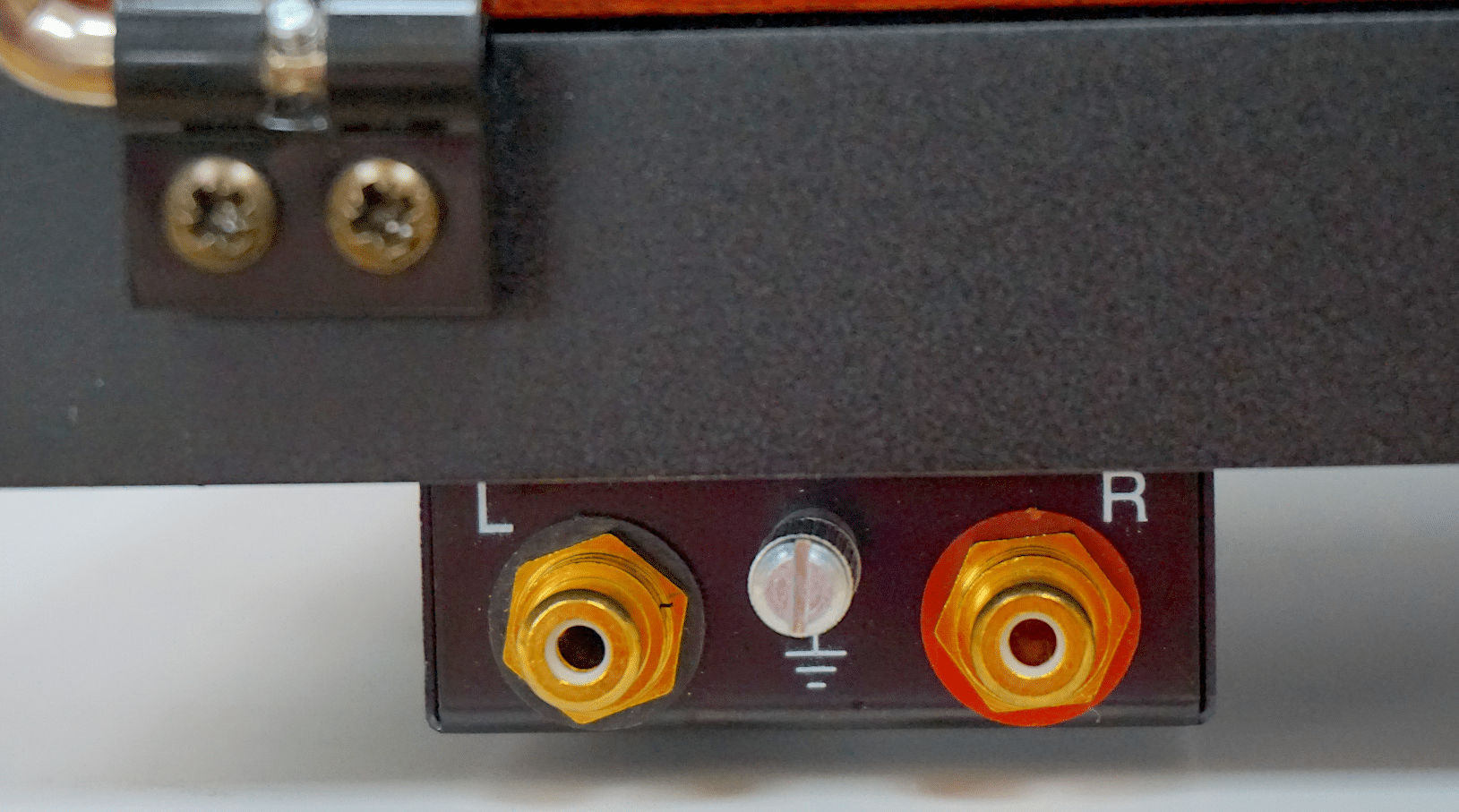
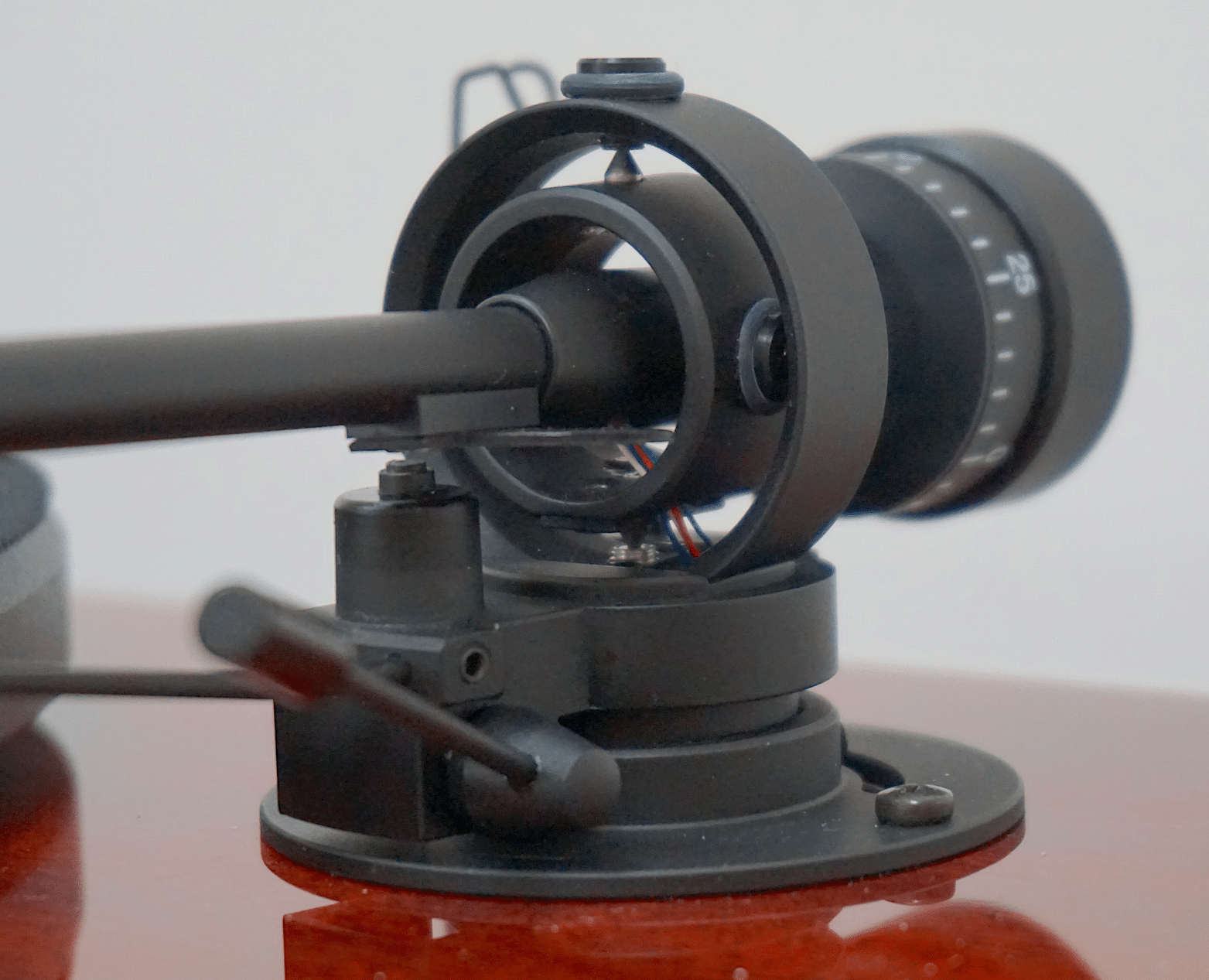
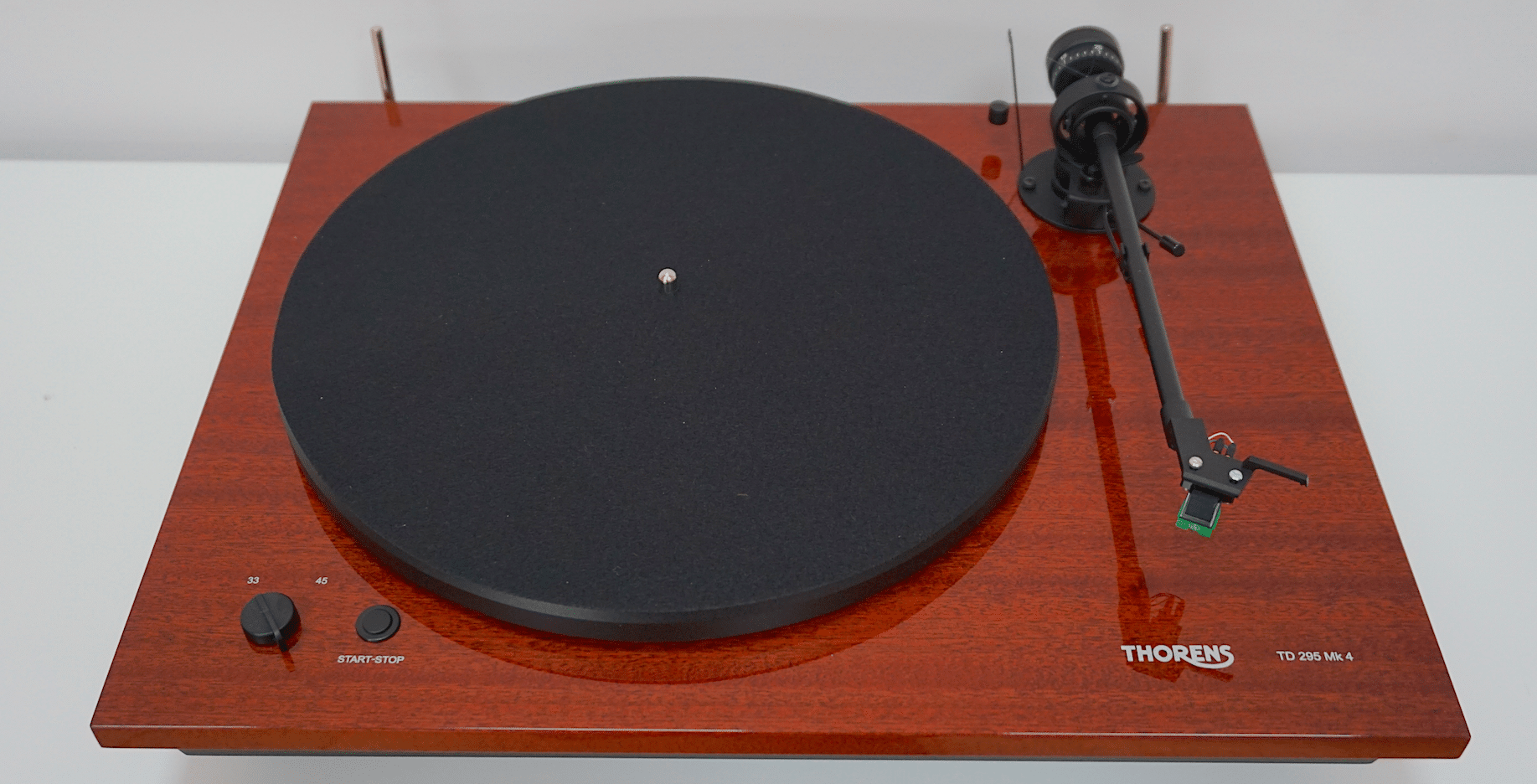


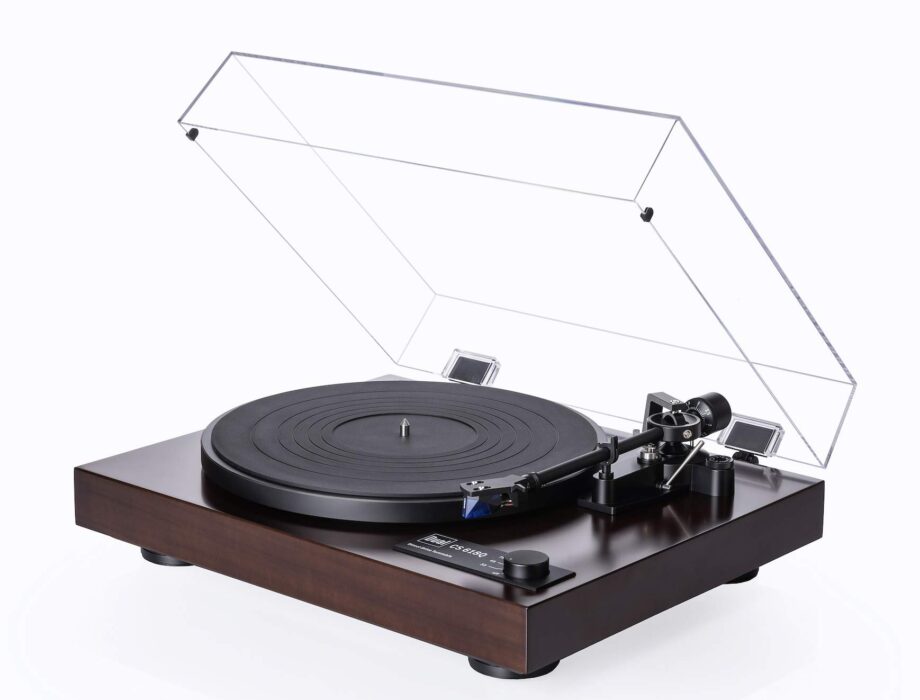
I´m looking for a new TT, i did some research and what i have put together for myself was; Funk Firm Gett (maybe with Achromatt), Heed Questar phonostage and Goldring E3. I listen most of the time to eletrobnic, so i like good dynamics and rythem with also a good bass.
If you have to compare the Thorens TD 295 MK IV with the Funk Firm Gett, what do you prefer? i¬¥m also considiring the Project RPM 3. So what do you think? 🙂
Hi Thomas – the Gett! is the better sounding deck. The Thorens is an ideal lifestyle release where sound quality isn’t everything.
Thank you for the repley! What do you think about the phono stage, the Heed Questar? Is it a good combination?
With the Funk? Very nice, yes. Heed are good guys.
I just scored a used TD 295 MKIV on eBay for $225. It still has a OEM needle witch sounds great but do you have a recommendation for an upgraded needle? I run an old Sansui Model 2000 and a pair of old Cerwin Vega U123 floor speakers.
Hi Eric, thanks for your question. Because you picked this turntable up on eBay, and it may have gone through several changes during its last ownership period, can you confirm what cartridge is on there?
i noticed this review (and the prior review of the fully automatic td 190). what i think is missing is reviewing them w/a decent cartridge, not what’s included. it seems the cartridge would be a severely limiting factor in sound. not that i’d choose either of these decks. for <$500 usd, (sometimes significantly under), you can get a used empire turntable that will see off most any new turntable up to ~$2.5k usd, or maybe more. imo of course. ;~)
doug s.
You can apply that comment to any turntable currently on the market, to be honest Douglas. In fact, I’ve created an upgrade feature discussing the cartridge upgrade phenomenon here: https://theaudiophileman.com/upgrading/
So, yes, I agree with you that performance will improve with a cartridge upgrade.
In terms of my review guidelines, when a turntable is offered for review and it includes a cartridge, I tend to restrict my review to that cartridge because that’s the package you receive and I assume that your budget will reach no further than that. If I receive a turntable with no cartridge, then I tend to dabble a bit in terms of choices.